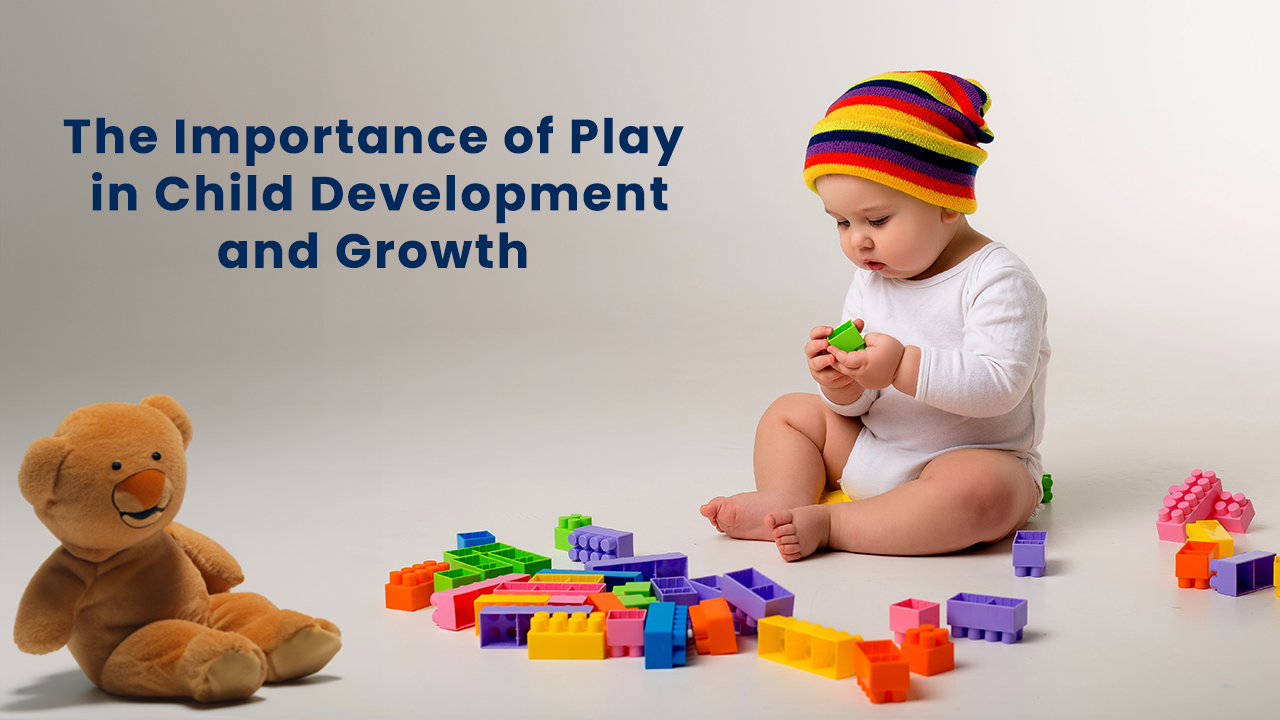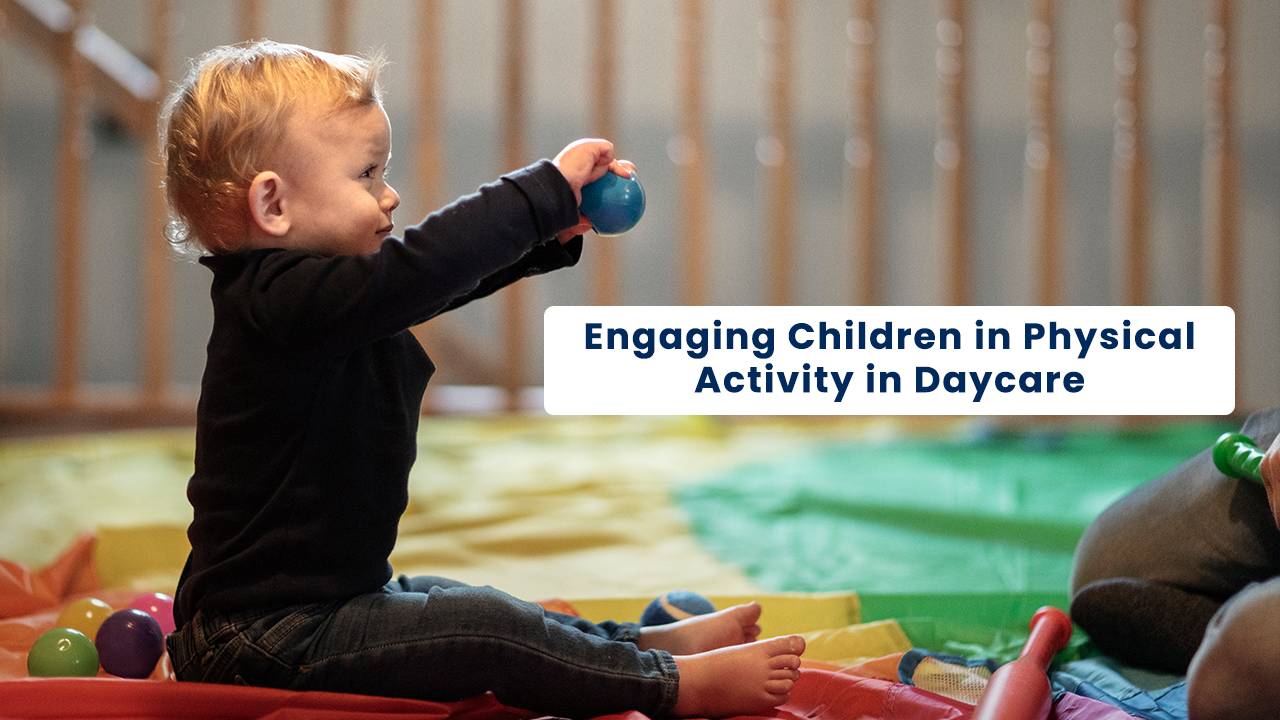
How to choose a preschool for your child is more than just an educational decision; it’s a leap into a formative experience that will shape their early development. As your child’s first structured environment outside the home, a preschool lays the foundation for their future academic and social journeys. While the decision is exciting, it’s not without its challenges. With so many options and factors to consider, parents can feel swamped in their quest to find that perfect fit. That’s why we’ve curated this guide—to streamline the process and ensure you’re well-equipped to make an informed choice for your child’s first educational adventure.
How to Choose a Preschool, understanding the Importance of Preschool for Children
Preschool, more than just an introductory phase to formal education, plays a crucial role in a child’s cognitive, emotional, and social development. Let’s dive deeper into understanding its significance:
1. Foundation for Learning:
Preschool acts as a stepping stone for children into the world of structured learning. The environment is designed in such a way that children are introduced to basic concepts in math, language, and science through playful methods, setting the stage for future academic pursuits.
2. Social Skills Development:
For many children, preschool is the first environment where they interact extensively with peers. Here, they learn to share, collaborate, resolve conflicts, and understand the dynamics of group behavior, all of which are essential life skills.
3. Emotional Growth:
Preschool allows children to explore their emotions in a controlled setting. They learn about empathy, compassion, and managing their feelings. Teachers guide them in recognizing and expressing their emotions in healthy ways. Read More About Providing Emotional Support for Children in Daycare
4. Fostering Independence:
Away from the immediate comfort of their homes and caregivers, children in preschool start to develop a sense of independence. Simple tasks like storing their belongings, managing personal hygiene, or choosing an activity give them a taste of self-reliance.
5. Promotion of Curiosity:
Preschool programs’ diverse activities and exploratory nature nurture a child’s natural curiosity. The environment encourages them to ask questions, seek answers, and develop a love for learning.
6. Physical Development:
Apart from cognitive growth, preschools offer opportunities for physical development through play. Children refine their motor skills, balance, and coordination through activities like drawing, cutting, playing with blocks, and participating in physical games.
7. Preparation for Formal Schooling:
The routines and structures in place at preschools help children adapt more seamlessly to formal school environments. They become familiar with classroom settings, listen to teachers, and follow schedules, making the transition to kindergarten smoother.
8. Holistic Development:
Many preschools incorporate arts, music, and movement into their curriculum. These activities offer variety and play a role in developing children’s creativity, rhythm, and spatial awareness.
In essence, preschool is more than just a place for early academics. It’s a multifaceted environment where children grow in myriad ways, ensuring they are well-rounded and prepared, both academically and emotionally, for the years of learning ahead.
A Guide for Parents: How to Choose a Preschool
1. Determine Your Priorities
Before you start visiting schools, take a moment to jot down what’s most important for you and your child. It could be:
- Proximity to home or work: Is it essential for the school to be close to your house or workplace?
- Teaching philosophy: Montessori, Waldorf, Reggio Emilia, traditional – there are various teaching methods out there.
- Class size and student-to-teacher ratio: Some parents prefer smaller classes for a more personalized approach.
- Diversity: You might want a school that reflects diverse cultures and backgrounds.
- Special programs: Art, music, foreign languages, or physical education might be a priority for you.
2. Research and Recommendations
Begin your search by asking friends, family, and neighbors for recommendations. Online reviews, local parent forums, and social media groups can also offer insights into parents’ experiences at different preschools.
3. Visit Multiple Preschools.
Don’t just rely on a school’s website or brochure. Visit several preschools to get a feel for the environment. Consider:
- Classroom setting: Are there enough learning materials? Is the classroom clean, organized, and inviting?
- Teachers: Do they seem engaged, caring, and qualified?
- Outdoor space: Is there an adequate and safe area for children to play?
- Security: What measures are in place to ensure the safety of the children?
4. Ask Questions
When visiting, come prepared with a list of questions. Some to consider include:
- What is the school’s teaching philosophy?
- How do they handle discipline or conflicts between children?
- What’s the policy for sick children?
- How often do they communicate with their parents?
- Are meals and snacks provided? If so, what type of food is offered?
- Are there any additional costs throughout the year?
5. Think About Longevity
Consider how long you plan for your child to stay at this school. Some preschools also offer elementary grades, which can be a factor if you’re looking for a long-term educational setting.
6. Trust Your Gut
While research and recommendations are essential, trust your instincts. You know your child best, and if something doesn’t feel right, it might not be the best fit.
7. Budget Considerations
Preschool costs can vary widely based on factors like location, teaching philosophy, and facilities. Ensure the schools you’re considering fit within your budget, keeping in mind any additional costs that may arise.
8. Feedback from Other Parents
While you may have initial impressions after your visits, speaking with current parents can offer more in-depth insights. They can share their experiences and help you identify any potential red flags.
9. Check Accreditations and Licensing
Ensure the preschool you’re considering is licensed by the state and, if possible, accredited by reputable organizations. These credentials indicate the school has met specific quality standards.
10. Consider the Transition to Kindergarten
Think about how the preschool program will prepare your child for kindergarten. Does the curriculum introduce essential academic and social skills? Does the school have a relationship with local elementary schools to ease the transition?
Wrapping Up: A Guide for Parents: How to Choose a Preschool
In conclusion, the task of selecting the perfect preschool for your child, while seemingly daunting, is a rewarding journey when approached methodically. A blend of thorough research, keen observation during visits, and trusting one’s parental instincts is vital. Every child is unique, and while empirical data and recommendations play a significant role, your intimate knowledge of your child’s needs and disposition is invaluable. By giving due consideration to these facets and continuously reflecting upon the points mentioned in this guide, you increase the likelihood of finding a suitable environment and ensure a setting where your child’s potential can truly flourish. The early years are formative, and with the proper foundation, you can set the stage for a lifetime of enthusiastic learning and personal growth.


